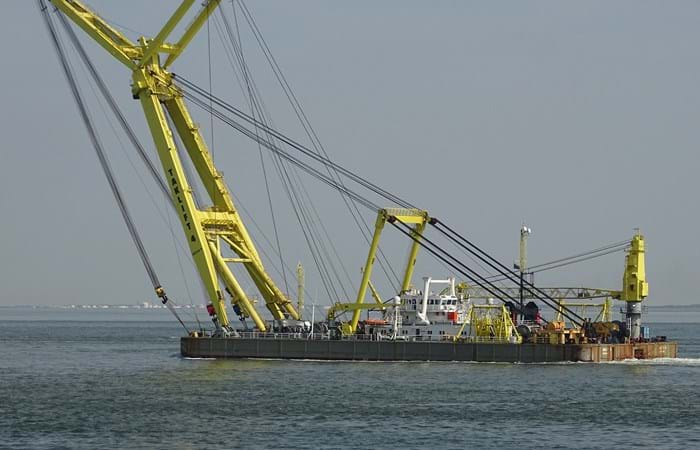The Jotun A FPSO, a 92,000 DWT FPSO capable of producing 70,000 bpd, began producing in 1999 on the Jotun field (Norway). As part of Vår Energi’s investment in increased oil recovery from the Balder field in the North Sea an upgrade of the Jotun FPSO is required. The Balder Future project will extend the life of the field (PL 001) by 2045, giving Norway’s oldest license a lifetime of 80 years.
Boskalis performed the engineering and prepared the method statements for the lift off activities from the Jotun A FPSO its turret, gantries and turntable.Due to the outreach, height and capability one of the few sheerlegs capable to execute same is the Taklift 4. The lifting was executed in Stavanger (Norway) by the Taklift 4 with 30 meters fly-jib assisted by AHT Sapphire, both Boskalis own equipment, and under guidance of a Boskalis Heavy Lift Supervisor.
The upgrade was contracted under the coordination of Rosenberg Worley in Stavanger. The upgrade includes an overhaul of the turret, pipes, process equipment, hulls, marine systems, living quarters, control and security systems. The FPSO is scheduled to be re-installed between the Balder FPSO and the Ringhorne platform during summer 2022.
